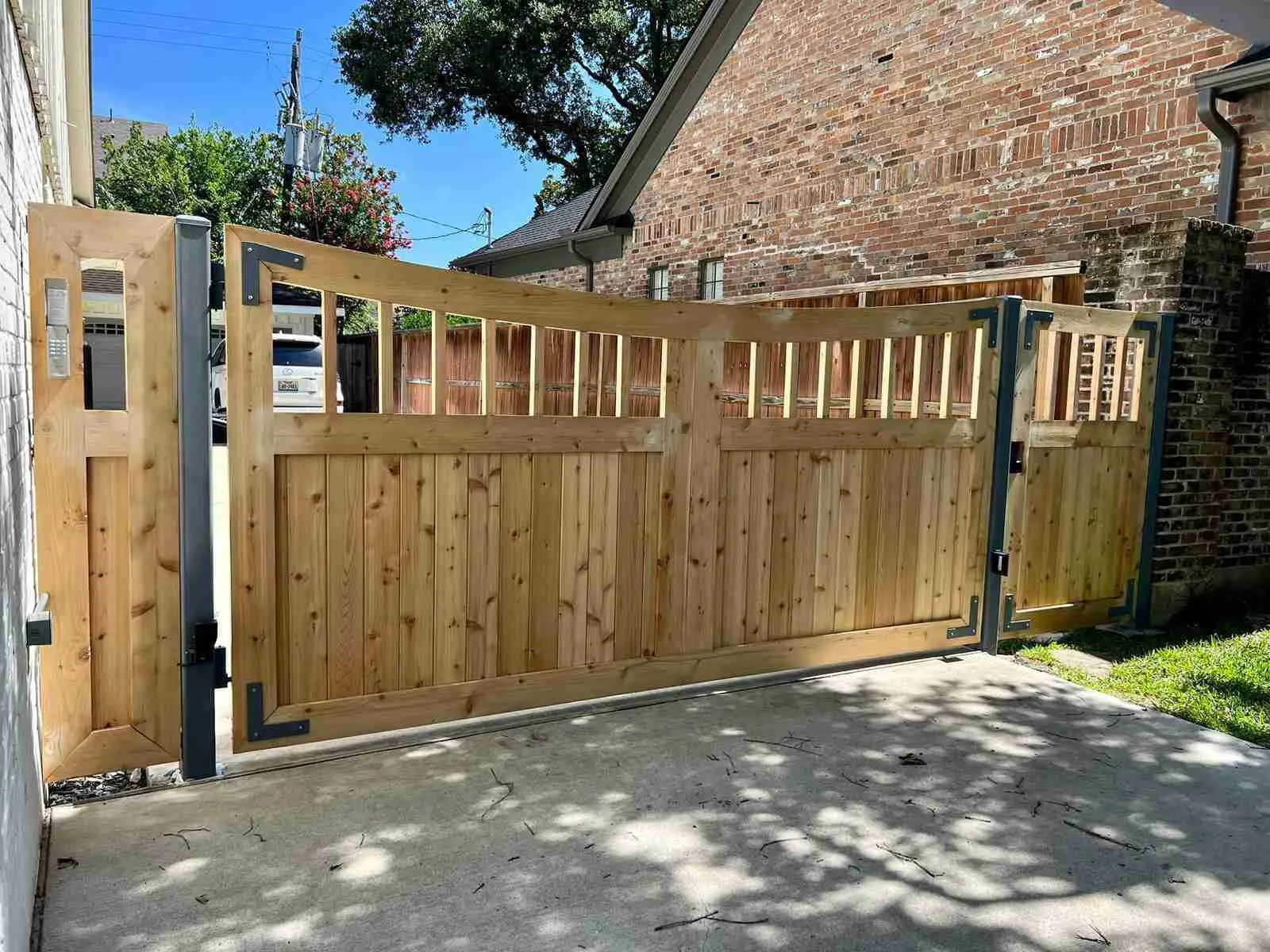Have you noticed lately that your Internet browsing is much slower? The slowness may not be because of your Internet provider. It could be because of toolbars, add-ons or extensions loaded into your browser.
Too many toolbars, add-ons or extensions can slow down your browsing experience. Is the top portion of your browser congested with toolbars? Did you know that even if a toolbar is not, in itself dangerous, that if it isn’t written with your computer’s security in mind, it can be an open door for malicious Internet computer virus attacks? In our opinion, the “MyWebSearch” toolbar is good example of a toolbar that is weak in the security area and allows malicious software to creep onto your computer. Toolbars are software and at minimum, reduce the web page display area, display annoying and unsolicited information and slow down your Internet browsing experience. We have seen computers with 6 or more toolbars displayed.
Sadly, most of the toolbars are probably not something you wanted installed. So where do these, often times useless, many times dangerous, toolbars come from? Whether you are using the Firefox, Safari, Google Chrome, Internet Explorer or some other Internet browser, this article can help you. It used to be that when you installed a software package, you only installed the required software. For several years, now, even reputable companies are imbedding their installations with a free toolbar. If you are not careful and click “Next” to hurry through the installation process, you can end up with an unexpected and unwanted toolbar. To be proactively safe, if you land on a website that offers you their free toolbar (e.g. “Inbox.com”, a homepage hijacker), do not install it.
Toolbars are embedded in many installation packages. There are thousands of Internet-accessible, free software packages, that are available for installation, at the click of a mouse. This includes software products like, new browsers, snake-oil fix-all repair programs, social toolbars, office software products, free games, and movie and audio players. In addition, installing new office hardware, such as, printers, routers, external hard drives, etc., can also install an unwanted toolbar, if you’re not careful.
So what should you do when you see a new toolbar that you didn’t ask for? Most legitimate toolbars can be removed through your Control Panel. On a Windows XP computer, look for “Add or Remove Programs” and on Windows Vista and Windows 7 computers, look for “Programs and Features”. Locate the toolbar name and uninstall it. Remember that merely disabling it, through your browser, doesn’t remove it from your computer.
To get to the toolbars and extensions, in your browser, follow the clicks below.
Google Chrome: <click> Wrench -> Tools -> Extensions
Firefox: <click>Tools -> Add-ons Manager -> Extensions
Internet Explorer: <click>Tools -> Manage Add-ons -> Toolbars and Extensions
While you are looking around, disable any of the extensions that you don’t need. You can always go back and re-enable them, if you find you need them.






More Stories
Unlock Effortless Elegance Through the Modern Hairpiece
How a SaaS Marketing Agency Can Transform Your Software Business
Chain Link Fence Port St. Lucie: A Practical Blend of Strength and Simplicity